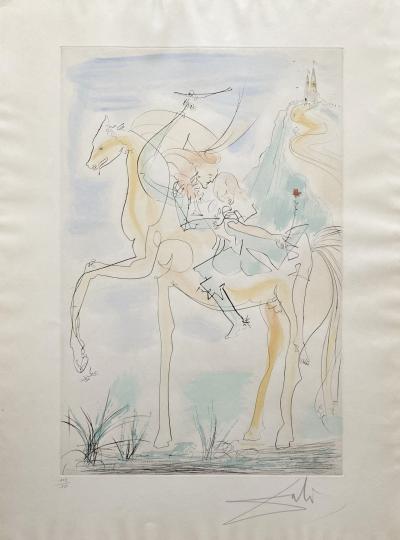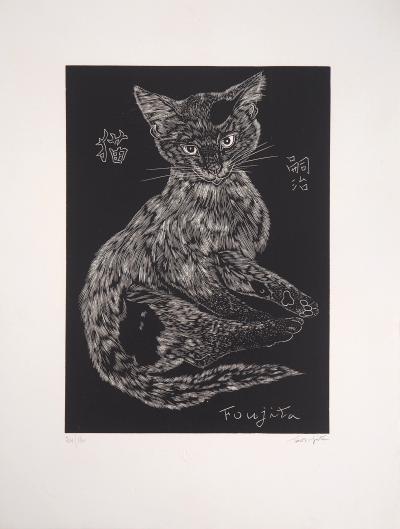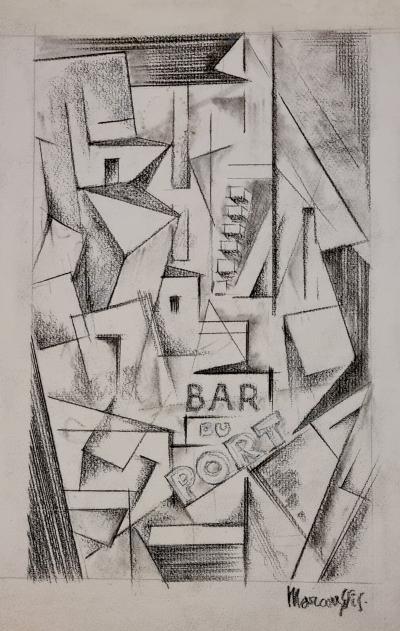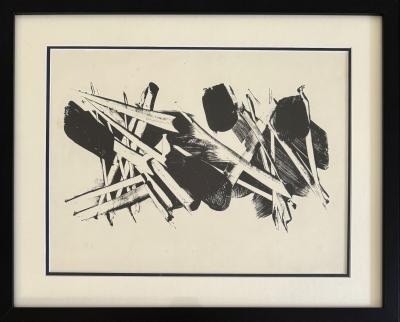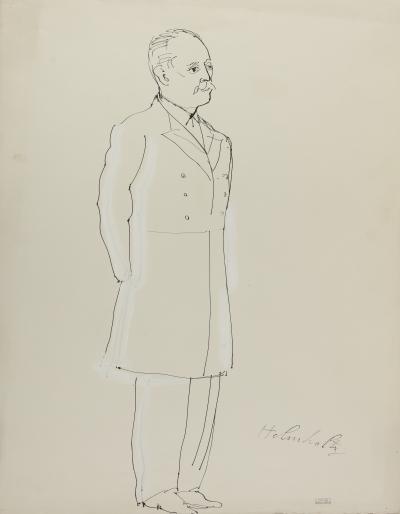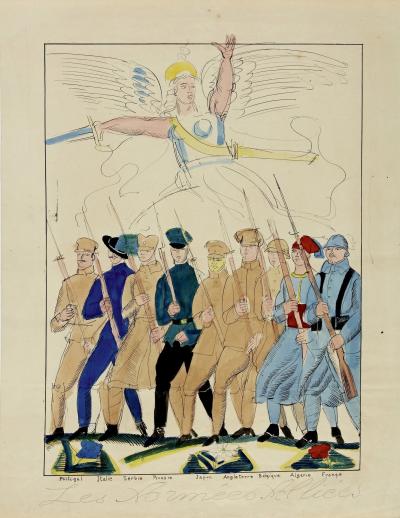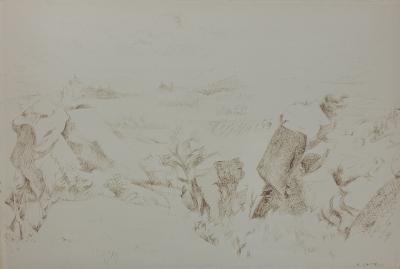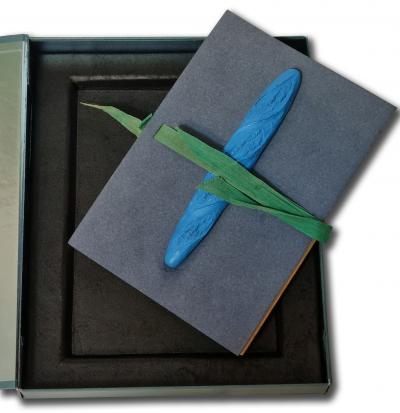Edgar Degas (1834-1917) is a french painter, and one of the major figures of impressionism.
He received an artistic education between classicism and romanticism, studying the great masters at The Louvre (Mantegna, Véronèse, Dürer, Rembrandt...). He studied at the Fine-Arts School in 1855 and visited Louis
Edgar Degas (1834-1917) is a french painter, and one of the major figures of impressionism.
He received an artistic education between classicism and romanticism, studying the great masters at The Louvre (Mantegna, Véronèse, Dürer, Rembrandt...). He studied at the Fine-Arts School in 1855 and visited Louis Lamothe's workshop, Ingres' pupil. Degas then made several trips in Napoli, Firenze and Roma, copying masters from Renaissance, where he discovered the macchiaioli movement. Degas also admired Delacroix, was interested in japanese prints and tried historical painting (Little spartan girls provoking boys, 1860). He met Louis Edmond Duranty and Édouard Manet. Degas created many portraits (Woman leaning near a flower vase, 1865). Though his "Race horses in front of the tribunes" (1869-1872) reflected more remarkably his originality.
From 1873, he played an active role in the genesis and history of the impressionist group. He participed to the exhibitions from 1874 to 1886 (series of « Toileting women », started near 1883). At The "Salon des Impressionnistes" of 1881, he exhibited one of his first sculptures : the fourteenth years old dancer in wax.
The artist renewed the rendering of space in his paintings and audacious framings and light effects (Café-Concert des Ambassadeurs, 1876-1877).
Because of sight problems (starting in 1893), he slowly set oil painting aside and dedicated himself to different technical devices (charcol, pastel, gouache). At the end of his life, he realised sculptures, engravings, etching and poems. The artist died in Paris in 1917.
Lire plusLire moins
